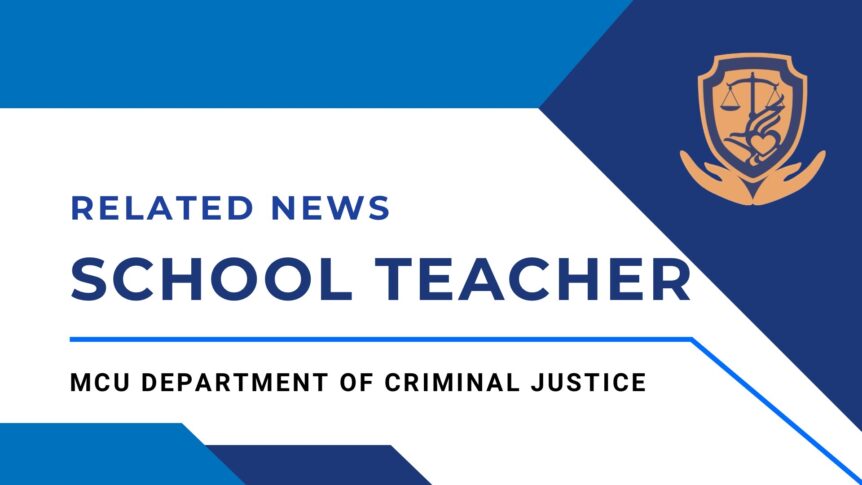Reporter WANG,JU-HSIANG / Photography CHANG,LI-LING WANG,CHING-LUN Report
Release time: 2025/02/11 13:44
Last updated: 2025/02/11 13:44
In the Kaohsiung dismemberment murder case, the suspect still did not plead guilty. In order to further clarify the doubts, the prosecutor decided to use psychological warfare and a battle of wits with him. He was taken from the detention center back to the dismemberment apartment and kept in the room for five hours. He listened to the sound of the task force collecting evidence and observed whether he had any microexpressions, which aroused concern.
Reporter vs. Suspect named Zhang: “Do you want to plead guilty? Where to hide the body?”
Wearing a helmet and mask, his head could not be lowered. The suspect surnamed Zhang, who brutally killed three people in the Kaohsiung dismemberment case, returned to the dismemberment apartment to clarify many doubts.
Reporter WANG,JU-HSIANG: “The suspect returned to his familiar residence and stayed in the room for more than five hours. He watched coldly as the forensic team searched the house, trying to make him feel isolated and stressed.”
The suspect was arrested on June 6, but he still denies the murder and commits the crime without any remorse. In addition to actively looking for direct evidence, the prosecutors also need to think about how to get the suspect to confess to the crime. They decided to use psychological warfare and let him alone in the room, listening to the sound of the vacuum cleaner, the sound of the shutter, and the sound of footsteps, hoping to find clues through his micro-expressions.
Wang Boqi, Associate Professor, Department of Criminal Justic , Ming Chuan University: “This kind of psychological warfare is related to the criminal profiling we are talking about, so he hopes to systematically conduct interrogation methods and use the criminal’s behavior to infer his inner psychology or personality traits. That means he is now doing the puzzle piece. It refers to a scene (returning to the scene) phenomenon that will reflect the personality traits of these criminals.”
The entire criminal case was able to be quickly solved this time because Kaohsiung convened 10 sub-bureaus and a total of 20 elite coordination teams to form an eagle eye team, which monitored thousands of public and private surveillance cameras along the way to find the suspect’s criminal trajectory.
Kaohsiung Detective Captain LIN,CHIEN-CHUN: “The sister-in-law incident probably happened at the end of November. Most of our public surveillance cameras have been around for a long time and were gone in December. We have gone to several stores and are still working hard to collect evidence.”
The Eagle Eye Team also said that because the first two victims were either riding bicycles or on foot, it was difficult to conduct a search. It was not until the third victim was notified and had the motorcycle license plate that the investigation could be quickly carried out. Now the prosecutors are continuing to piece together the suspect’s criminal jigsaw puzzle to find common threads in the entire murder case.

